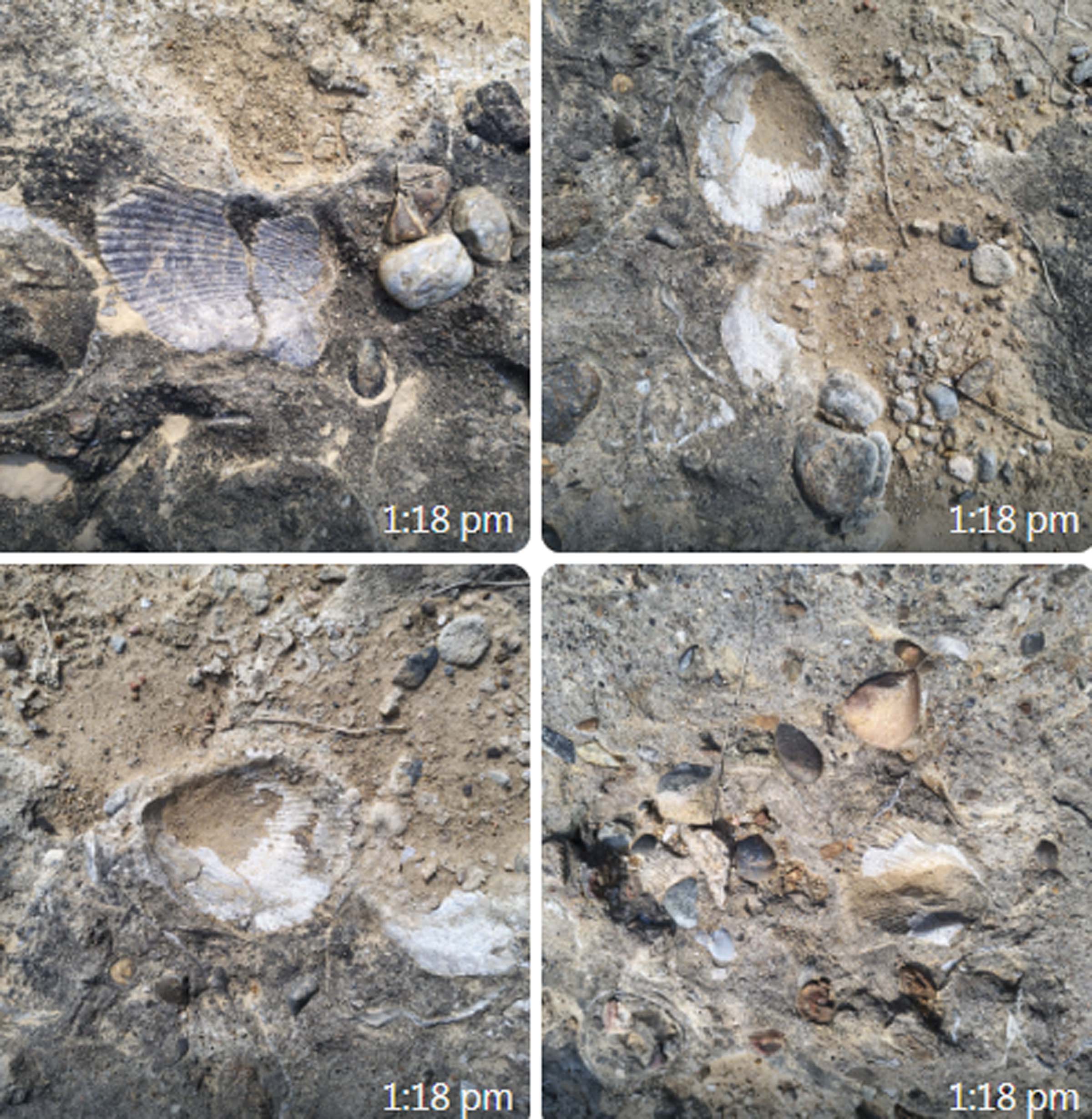Raipur, January 13: Manendragarh district of Chhattisgarh is now going to become a new center of attraction for history, archaeology and nature lovers. A 28 crore year old marine fossil has been found here on the banks of Hasdeo river.
The Chhattisgarh government is preparing to develop it as a Marine Fossils Park. This park is going to become the pride of not only Chhattisgarh but the whole of Asia.
The Chief Minister’s Office has shared information about this today. The government has shown keen interest in this subject and has started the work of taking it forward afresh. Detailed information related to fossils will be collected and Manendragarh will be developed as a major scientific and tourist destination.
Chief Minister said on Monday that finding 28 crore year old marine fossil in Manendragarh is a matter of pride for Chhattisgarh. It will not only become a centre of scientific research but will also create new employment opportunities related to tourism. The state government is fully committed to preserving and developing its natural heritage.
He said that after being developed as a Marine Fossils Park, this area will open up to tourists and scientists as a biodiversity heritage site. Tourists coming here will be able to see and understand the story of the origin and evolution of organisms millions of years old. The Chhattisgarh government is giving special importance to this project. Teams of Geological Survey of India Kolkata and Birbal Sahni Institute Lucknow have studied this area and assessed its possibilities.
Dr Vinay Kumar Pandey, Nodal Officer of the Department of Archaeology, said today that this is the largest fossil in Asia. Scientific archaeologists from the country and abroad will come here to study. Carbon dating revealed that it is 280 million years old. It was first discovered by Dr. SK Ghosh in 1954. Then the team of ESI and Lucknow Birbal continuously surveyed it.
According to scientists, 280 million years ago, there was a glacier at the place of the present Hasdeo river. Which later merged into the sea in the form of a thin strip called ‘Stathis’, through which marine organisms entered the present Hasdeo river of Manendragarh. They gradually became extinct but their fossils can still be seen at the said site. In the year 2015, scientists of Birbal Sahni Institute of Paleo Sciences, Lucknow also confirmed this.
The remains of fossils provide evidence that millions of years ago there was a sea in this area, which later disappeared due to natural changes and the remains of these organisms got buried in the stones and got preserved as fossils. This is an important discovery that provides us information about the history and change of the Earth. This fossil area is indeed an important cultural and scientific heritage, which is an important source of understanding the ancient history of the Earth. This area has been preserved as a National Geological Monument by the Geological Survey of India (GSI) since 1982, which shows its importance.





